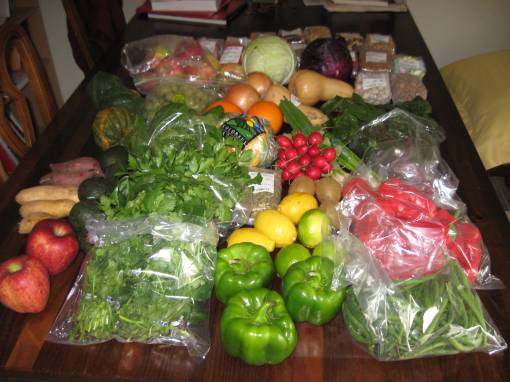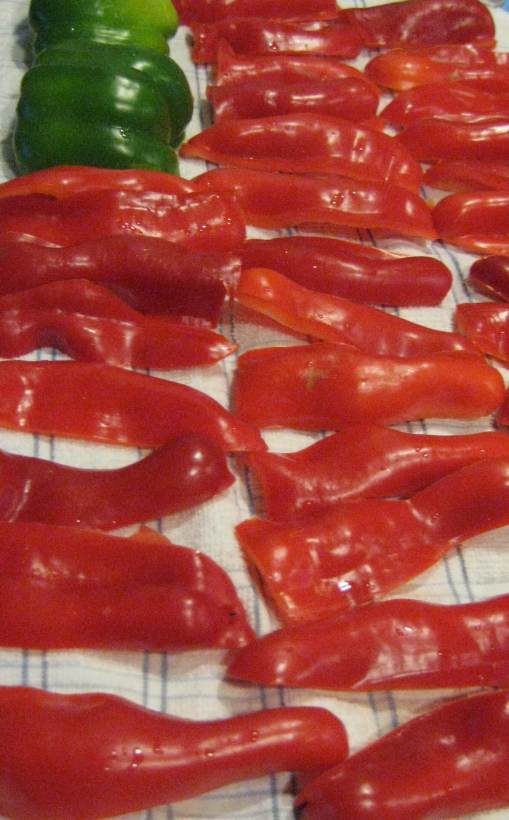I love making gifts, and I love finding meaningful gifts. I have rarely had a lot of money to spend, and have often had little choice but to give “gifts of the heart” – homemade things, handcrafted things, and meaningful or needed things. Even if I had a lot of money, I wouldn’t want to change this way of giving gifts.
For the past ten to fifteen years, at least, I’ve wandered through stores and been overwhelmed by the sheer volume of things to purchase. (I’ll write more about American excess soon, but this quiz is a good introduction to the topic.) During the same period, I moved many, many times, and also helped to clean out both my parents and grandparents long-time homes. The moral of the story: It is amazing what we acquire. The result: I am really turned off to malls, giant department stores, and buying new things in general, beyond what I need. And when I can, I prefer to acquire used and re-purposed items (furniture, books, kitchenware, etc.).
On this Christmas Day in a year fraught with disturbing news of the economy, I find myself thinking about my favorite gift exchange ever. I worked for an arts council, where, of course, we were all underpaid. The staff consisted of four women, and we discussed doing a $5 item gift exchange, but someone had the idea to exchange only handcrafted gifts. Since not all of us were crafty, we began expanding the idea. We ended up with no dollar limit, but instead had three criteria: it had to be a found item, a handmade item, or a re-gift.
We had so much fun the first year that we did it the second year. The range of items was bizarre and often hilarious. One of my co-workers gave me a gift bag containing crafting projects she had purchased 10 years prior and never begun, along with stationery she’d never used and an ugly candle someone else had given her – she dared me to pass it on. Another co-worker gave me a pin that I had admired when she’d worn it; I treasure it to this day. I also received books that people had read and were passing along, and homemade cookies. It was so much fun to receive those things because they were all given with much thought and affection, and they were all gleaned from our own possessions. It was a wonderful and fun way to celebrate Christmas.
On this Christmas, I am hoping that everyone has plenty, and if you have abundance, the heart to pass it on. Blessings to all!

 So I spent all of the afternoon before Thanksgiving (and into Thanksgiving day, as well) washing, cutting, and storing vegetables and herbs. In the week and a half since then, my roommate and I have used all the fresh things, and I take pleasure in being able to pull a ziploc full of clean, ready-to-use cilantro from the freezer when making guacamole.
So I spent all of the afternoon before Thanksgiving (and into Thanksgiving day, as well) washing, cutting, and storing vegetables and herbs. In the week and a half since then, my roommate and I have used all the fresh things, and I take pleasure in being able to pull a ziploc full of clean, ready-to-use cilantro from the freezer when making guacamole.

